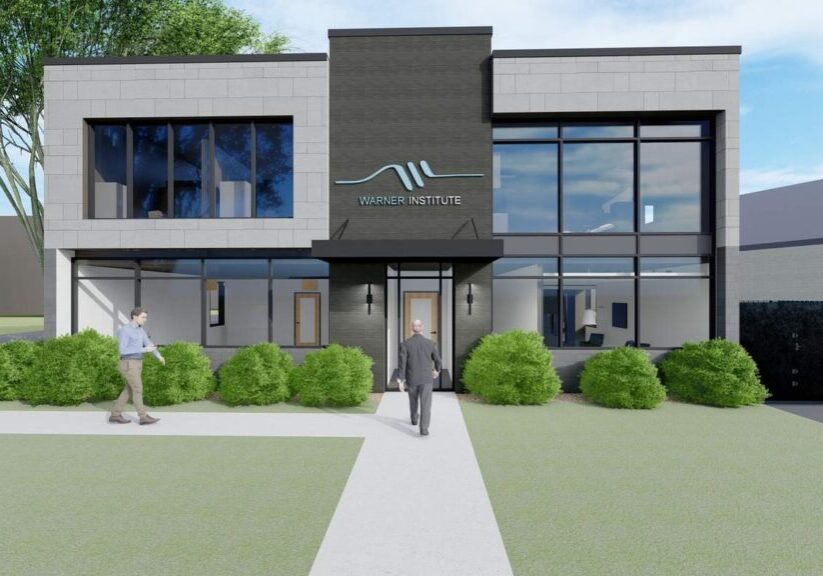
Adaptive reuse is having a moment. Reuse strategies at every scale are cost-effective and can reduce carbon footprint.
This is the process of reusing an existing building for a purpose other than which it was originally built or de- signed for. For example, converting an old bank into a surgery center or former grocery store into a multi-specialty medical building.
Adaptive reuse is usually a more socially conscious decision than building new, especially in high-density urban areas. Besides being environmentally friendly, it can improve neighborhoods, create jobs and preserve cultural and community history. Investors and businesses alike often receive financial incentives through various local programs.
People like the historical preservation of notable buildings in their neighborhood as well as the creation of new distinctive landmarks, so creative adaptive reuse projects are becoming a very popular alternative within com- munities.
Historic buildings are one of a kind. They contain architectural elements, spaces, and materials that can’t be found in today’s new construction. They are site-specific and have an authentic feel. When you redevelop a historic structure, the resulting property gets an immediate identifier. There’s an additional layer of branding, positioning, and marketing that gets conveyed because of the unique history and attributes of the original building. There’s a sense of place and status that one doesn’t always get from new buildings.
Second, old buildings were often very well built. They were of a construction type that would cost a lot of money to tear down. They are also often infill projects located within blocks, and in tight spaces where it would be hard to build anew. They were also often built out to the maximum property conditions allowed. Today’s developer wouldn’t gain anything by tearing down an existing building and constructing a new structure.
If you restore a historic building, you can often revitalize the surrounding neighborhood. The updated building becomes a central monument, a beacon whose development impact can ripple throughout the neighborhood. As a result, there is greater foot traffic, local access to medical treatment, and more buildings get slated for renovation. The extra upfront labor, time, and costs of a renovation can yield positive returns far greater in collateral development.
Adaptive reuse is having a distinct moment as a powerful tool for the regeneration of our cities, as well as set- ting a standard for future new development.
Both nationwide and globally, older structures are being restored and adapted for uses different than their original purposes. This means an uptick in the development and revitalization of many urban areas.
As lifestyles and priorities change, buildings need to evolve accordingly. Adaptive reuse makes this possible by turning malls into surgery centers and medical offices or big box stores into hospitals. Major adaptive reuse projects are often the most beautiful, breathing new life into a space that was previously abandoned.
Despite the many challenges commonly seen in these adaptive reuse projects, with careful selection of the right property, a healthcare system may significantly reduce construction time, bringing services to market fast- er, while saving up to 30% of the cost of construction.
Apex Design Build
Apex is an award-winning healthcare design-build partner. We strive to exceed your expectations and deliver exceptional ROI at every phase of the design-build journey. We mitigate risk and eliminates unwelcome surprises through our in-depth expertise, our proven processes, and our trusted partnerships. Our work pays dividends for our clients long after construction is complete.
Success at any size. Value at every step. From large medical campuses to single-physician practices, Apex has completed hundreds of ground-up development and redevelopment projects across the nation. Our deep expertise in medical facility design and construction and our comprehensive architecture, interior design, and construction services make us the ideal fit for a wide range of healthcare design-build projects.
Apex Design Build prioritizes every aspect of healthcare design when we are designing your project. We work with our clients to ensure their clinics look, feel, and sound their best. Let’s work together to get started on the exciting adventure of designing your healthcare office.
